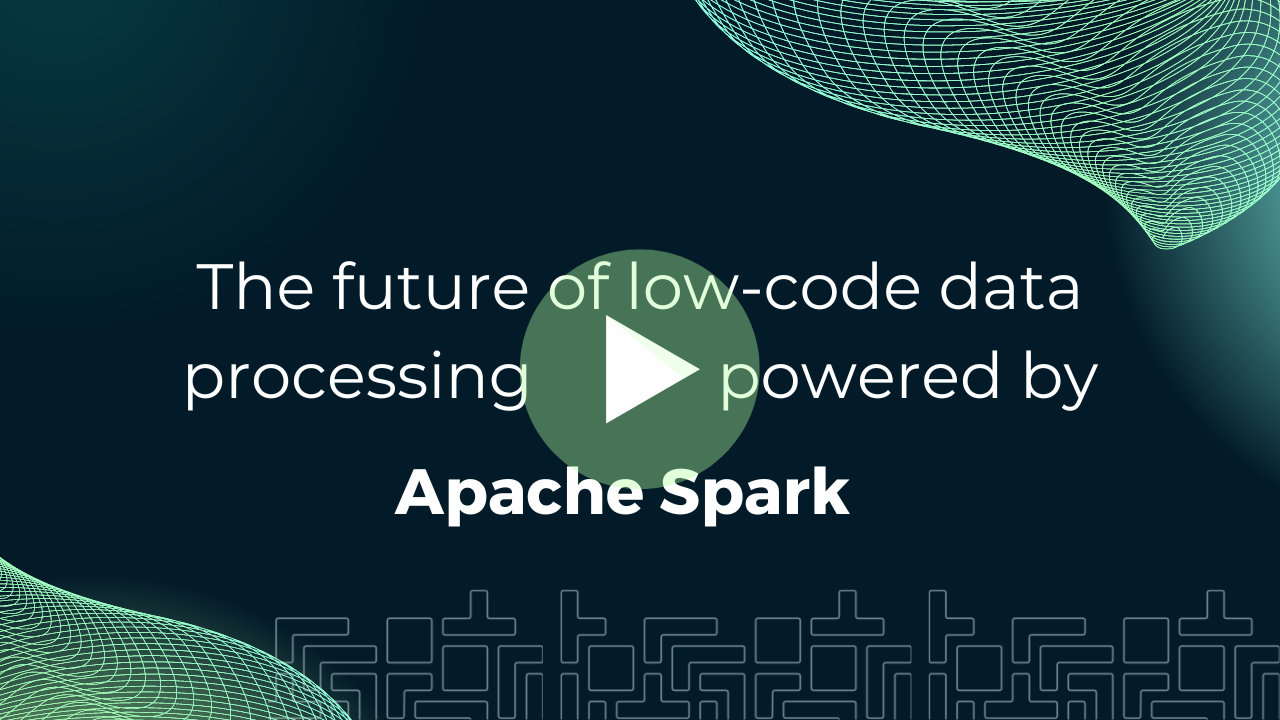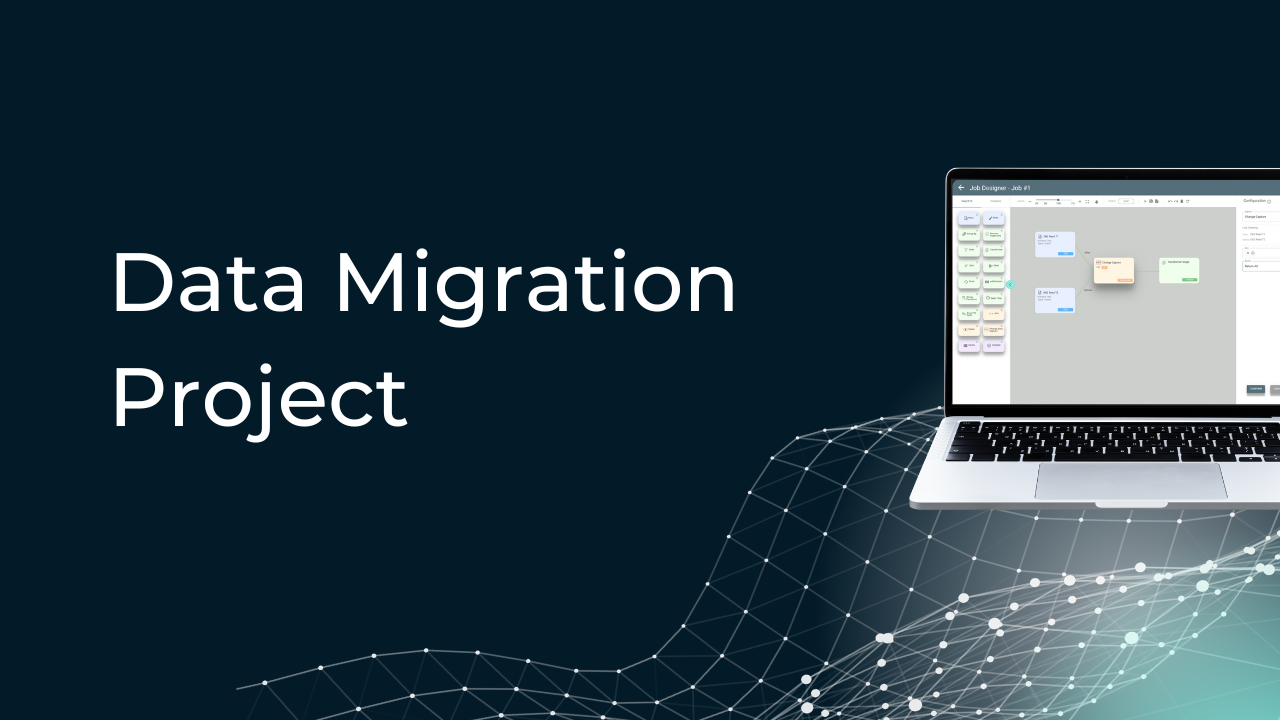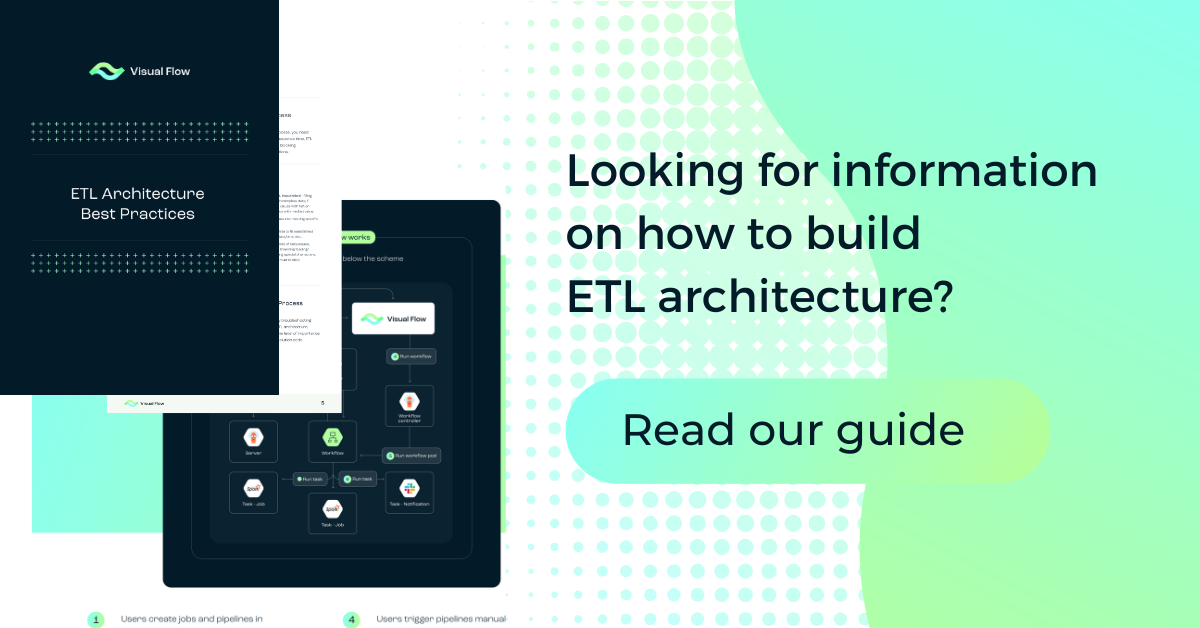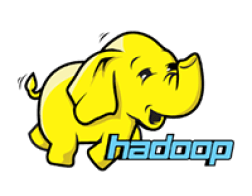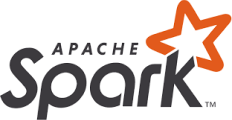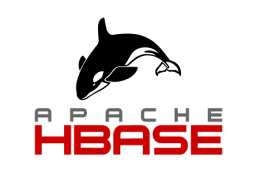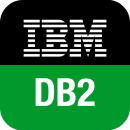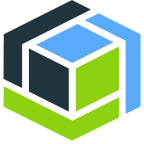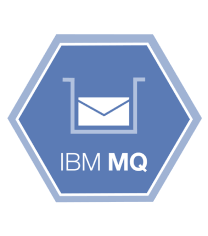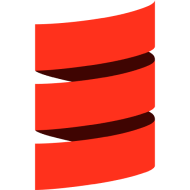Visual Flow ETL Tool - How It Works?
With the backing of the AWS community and support, businesses can access a wealth of resources to optimize their use of AWS data warehouse Redshift.
Visual Flow’s team offers consulting services to help you set up, optimize, and maintain your Redshift data warehouse.
AWS Redshift data warehouse renowned:
- columnar storage and advanced compression techniques;
- a pay-as-you-go pricing model;
- integration with AWS ecosystem;
- strong security features (encryption both at rest and in transit, network isolation using Amazon VPC, and fine-grained access control through AWS IAM);
- user-friendliness and easy management;
- high availability and reliability.
Try Visual Flow – Redshift ETL for your data project
Implementing ETL Processes with Redshift
First, data is extracted from various sources, such as databases, APIs, and flat files. Once the data is extracted, it needs to be transformed into a format suitable for analysis through cleaning, aggregating, and enriching the data. Redshift’s SQL capabilities make it easy to perform complex transformations directly within the data warehouse, with no need for external processing tools. Then, the transformed data is loaded into the Redshift data warehouse.
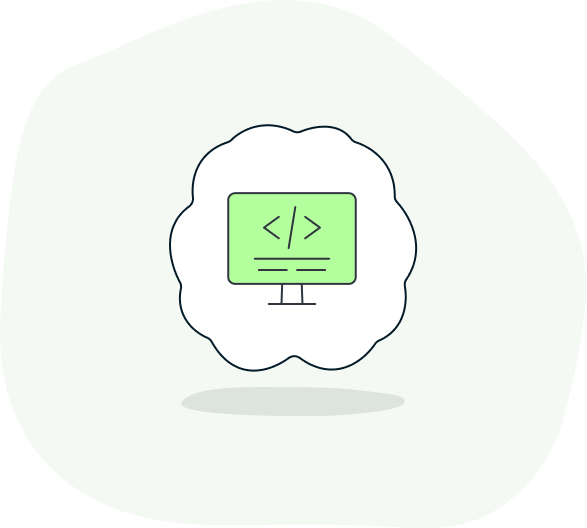
Integration with Redshift Data Lake
Integrating Redshift with a data lake is usually done with Redshift Spectrum, a feature that allows Redshift to integrate with data lakes, particularly those built on Amazon S3. This integration helps run queries on data stored in your data lake with no need to move it into the Redshift data warehouse. You can access and analyze vast amounts of data directly from your S3 data lake, alongside the data stored in your Redshift data warehouse.
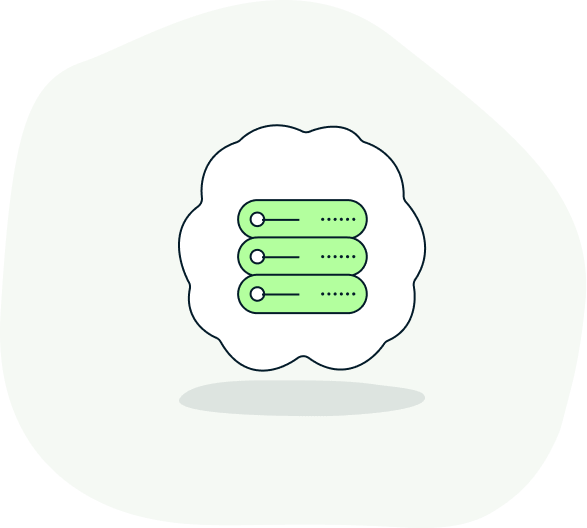
Extracting Data from Redshift: Techniques and Tools
Extracting data from Redshift ensures that your data can be used for reporting, analytics, and further processing. This process typically requires the following techniques:
- UNLOAD command. It allows for exporting data in a compressed and partitioned format from the Redshift data warehouse to Amazon S3.
- COPY command with external table. You can use it if you need to synchronize data between Redshift and your data lake.
- AWS Glue. This fully managed ETL service with a serverless environment can be used to extract Redshift data and move it to other data stores.
- Redshift Data API. It provides a programmatic way to run SQL queries and extract Redshift data using standard HTTP requests.
- Third-party tools (Apache NiFi, Talend, Informatica, etc.). They simplify the data extraction process due to their pre-built connectors.
Remember that Visual Flow specializes in helping businesses set up and optimize their data extraction processes from AWS Redshift databases. Our data engineering and consulting services will provide all the expertise you need.
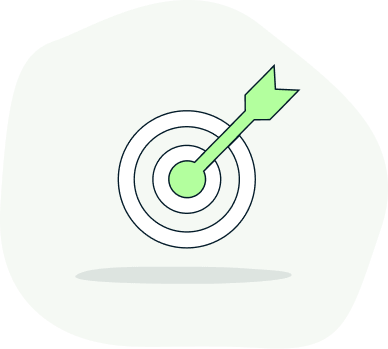
Implementing ETL Processes with Redshift
First, data is extracted from various sources, such as databases, APIs, and flat files. Once the data is extracted, it needs to be transformed into a format suitable for analysis through cleaning, aggregating, and enriching the data. Redshift’s SQL capabilities make it easy to perform complex transformations directly within the data warehouse, with no need for external processing tools. Then, the transformed data is loaded into the Redshift data warehouse.

Integration with Redshift Data Lake
Integrating Redshift with a data lake is usually done with Redshift Spectrum, a feature that allows Redshift to integrate with data lakes, particularly those built on Amazon S3. This integration helps run queries on data stored in your data lake with no need to move it into the Redshift data warehouse. You can access and analyze vast amounts of data directly from your S3 data lake, alongside the data stored in your Redshift data warehouse.

Extracting Data from Redshift: Techniques and Tools
Extracting data from Redshift ensures that your data can be used for reporting, analytics, and further processing. This process typically requires the following techniques:
- UNLOAD command. It allows for exporting data in a compressed and partitioned format from the Redshift data warehouse to Amazon S3.
- COPY command with external table. You can use it if you need to synchronize data between Redshift and your data lake.
- AWS Glue. This fully managed ETL service with a serverless environment can be used to extract Redshift data and move it to other data stores.
- Redshift Data API. It provides a programmatic way to run SQL queries and extract Redshift data using standard HTTP requests.
- Third-party tools (Apache NiFi, Talend, Informatica, etc.). They simplify the data extraction process due to their pre-built connectors.
Remember that Visual Flow specializes in helping businesses set up and optimize their data extraction processes from AWS Redshift databases. Our data engineering and consulting services will provide all the expertise you need.

Utilizing Redshift ETL Tools for Efficient Data Management
AWS Glue provides a serverless environment, which means there’s no infrastructure to manage, and it can scale automatically based on your ETL workload.
Matillion ETL, a cloud-native ETL tool designed specifically for Redshift, makes it easy to create complex ETL workflows without writing code.
AWS data pipeline allows for automating the movement and transformation of data.
Apache NiFi supports a wide range of data sources and destinations, including Redshift, and provides capabilities for data ingestion, transformation, and routing.
Try Visual Flow – Redshift ETL for your data project
The team  you can rely on
you can rely on





Other Visual Flow's Tools
Contact us
